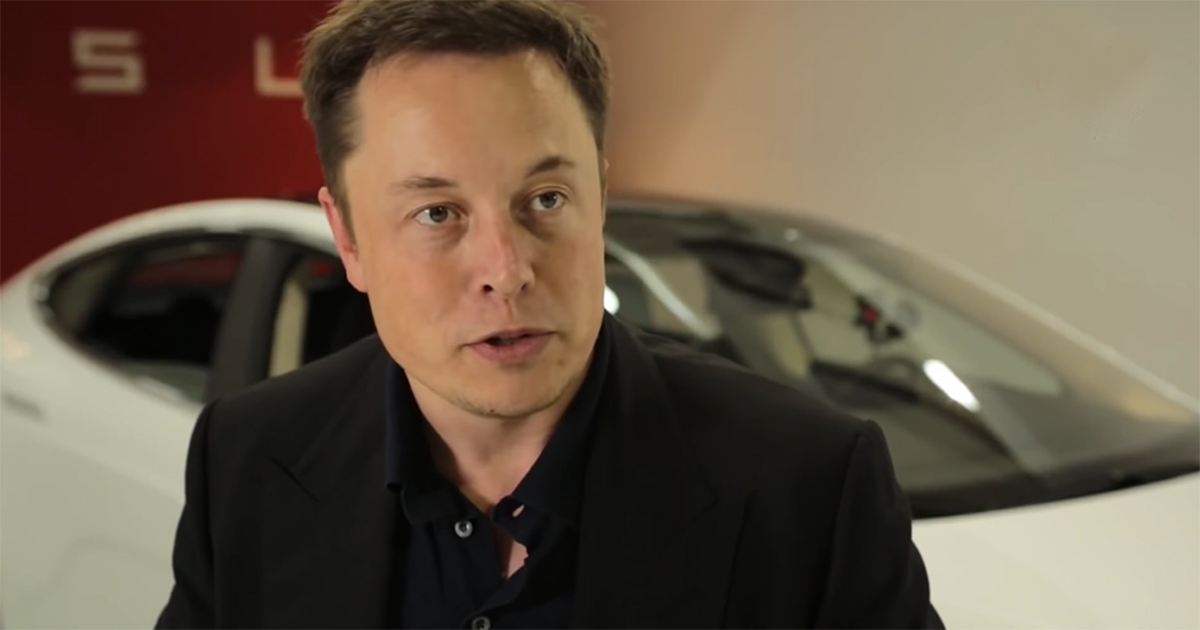On Tuesday, June 5, Tesla shareholders will get to vote whether to replace Elon Musk as board chairman and dump three directors.
Why they want Musk out?
The vote Musk out campaign is led by an investment group, a corporate governance advisory group and a shareholder adviser.
The reasons for ousting Musk:
• deteriorating financial performance at Tesla and
• a board that has been “unduly deferential” toward Musk.
However, the corporate governance advisory group supports a nonbinding resolution to appoint an independent board chairman to replace Musk, with Musk keeping his job as CEO.
A shareholder activist said: “I believe a big company cannot depend totally and so heavily on one person.”
Board members also asked to get out
Shareholders have also been urged to vote no for three Tesla board members up for re-election:
• 21st Century Fox CEO James Murdoch;
• venture capitalist Antonio Gracias; and
• Musk’s younger brother, Kimbal.
What are the concerns?
Two main issues:
• Whether the board’s independent directors are truly independent, and
• whether Murdoch and CEO Musk are so busy with other matters that they can’t devote sufficient time and energy to Tesla at a crucial stage in the company’s history.
The Institutional Shareholder Services said in a report to clients:
“It is important that the board of directors take steps to ensure that management remains focused on resolving the manufacturing challenges, and that the CEO and other executives do not get distracted by outside business interests or Twitter fights.”
Musk most likely will stay on
However, the votes to oust Musk will likely not pass.
Shareholders have over the years overwhelmingly supported the company against such activists. And Musk owns 21.9 percent of Tesla voting shares.
But the vote Musk out votes can be big enough to force Musk and Tesla to pay more attention to investor concerns.
Tesla has posted only two profitable quarters in its 14-year history, and losses have increased.
[related_story]
Model 3 production problems are the prime cause of Tesla’s financial distress. Musk himself regards the all-electric saloon, which went on sale in July 2017, as crucial to the company’s success.
Musk had forecast an annual production level of about 400,000 Model 3s by now, but Tesla is struggling to achieve even 100,000.
Capital spending was set to support 400,000 cars, but revenues have fallen far short of projections. The company is also burning cash faster with no earnings available for replenishment.
Musk promises profits in the year’s second half, and he rejects the notion that Tesla will need to raise new equity or debt in 2018.
H/T Associated Press
Previously:
If you like what you read, follow us on Facebook, Instagram, Twitter and Telegram to get the latest updates.
